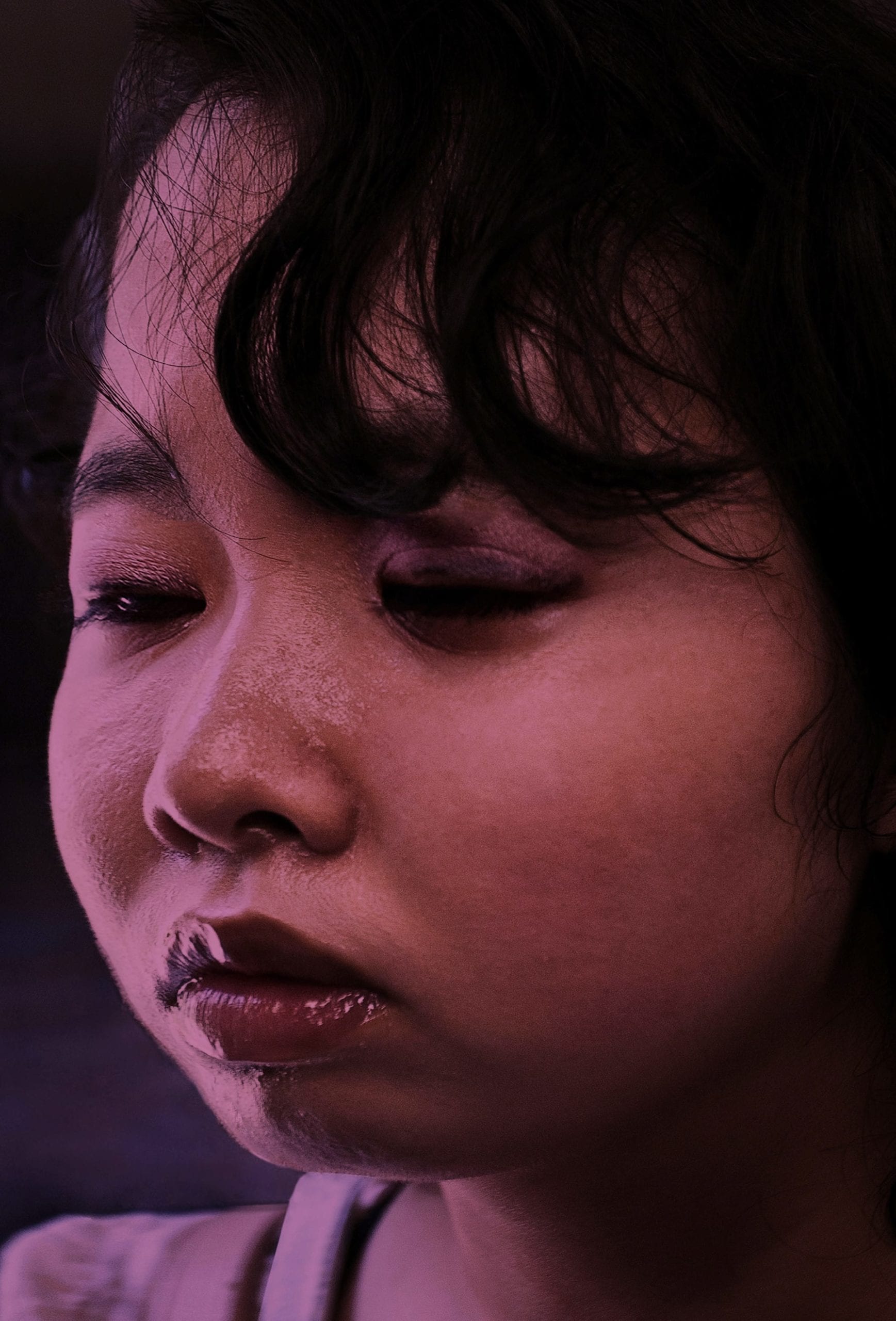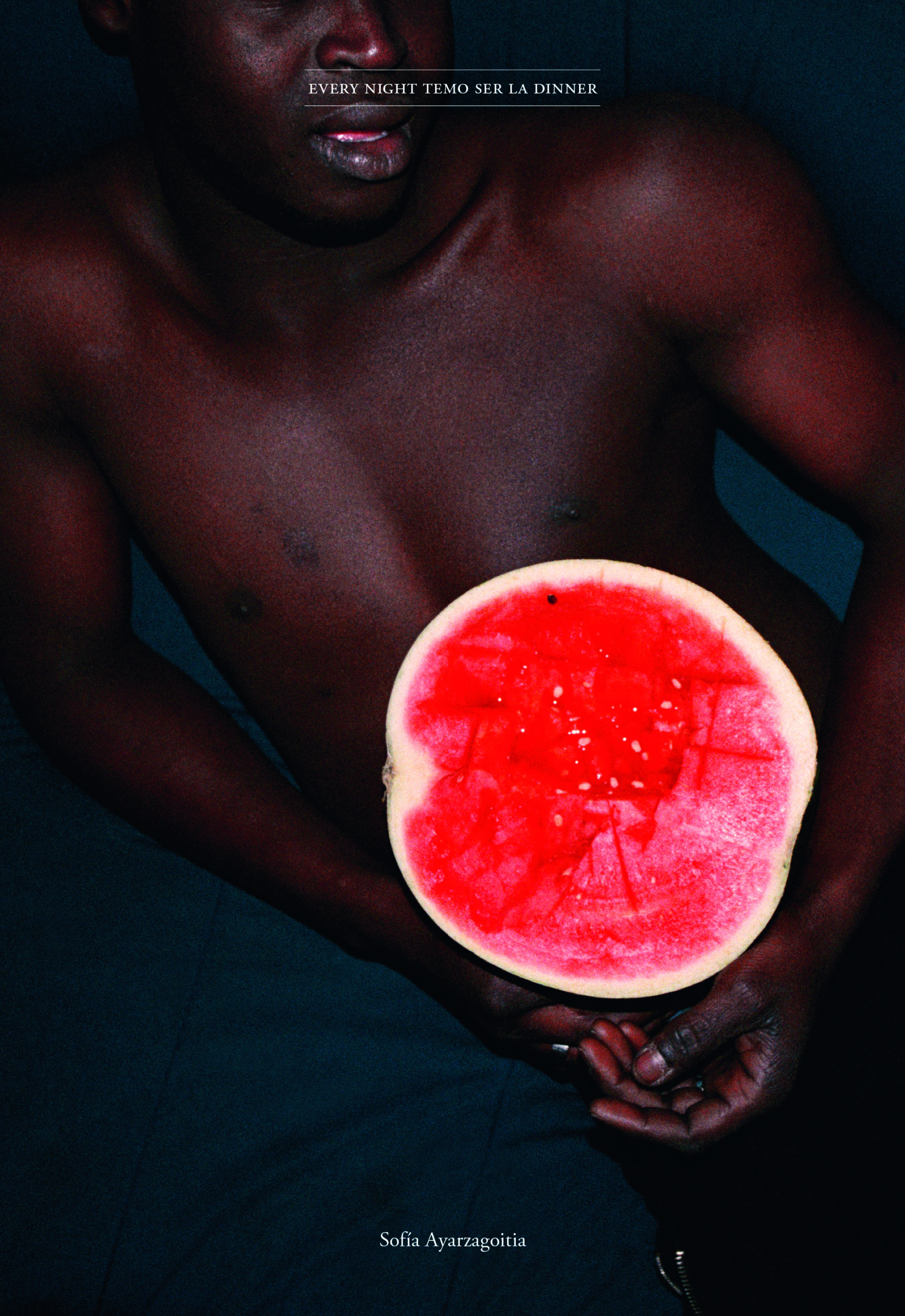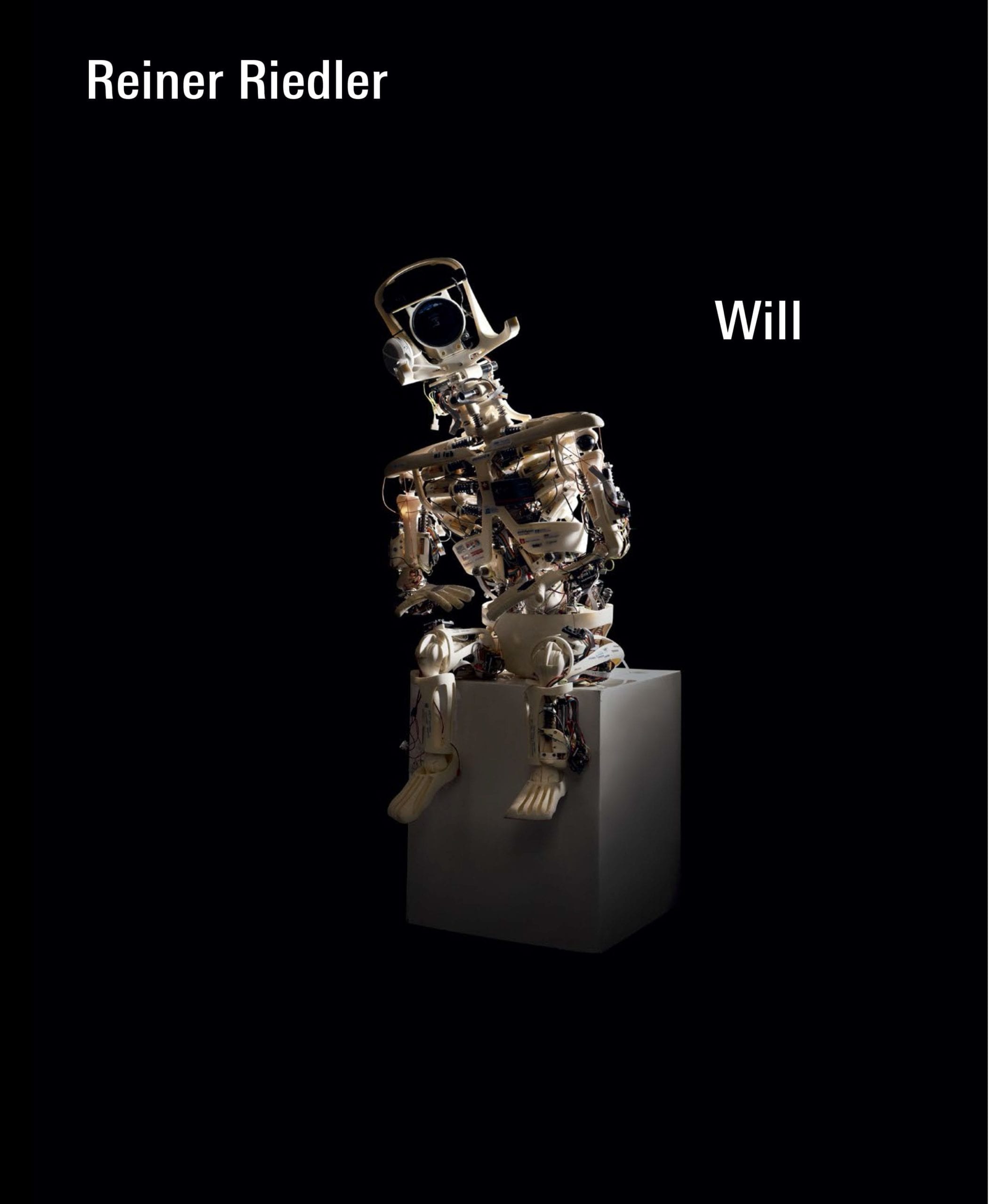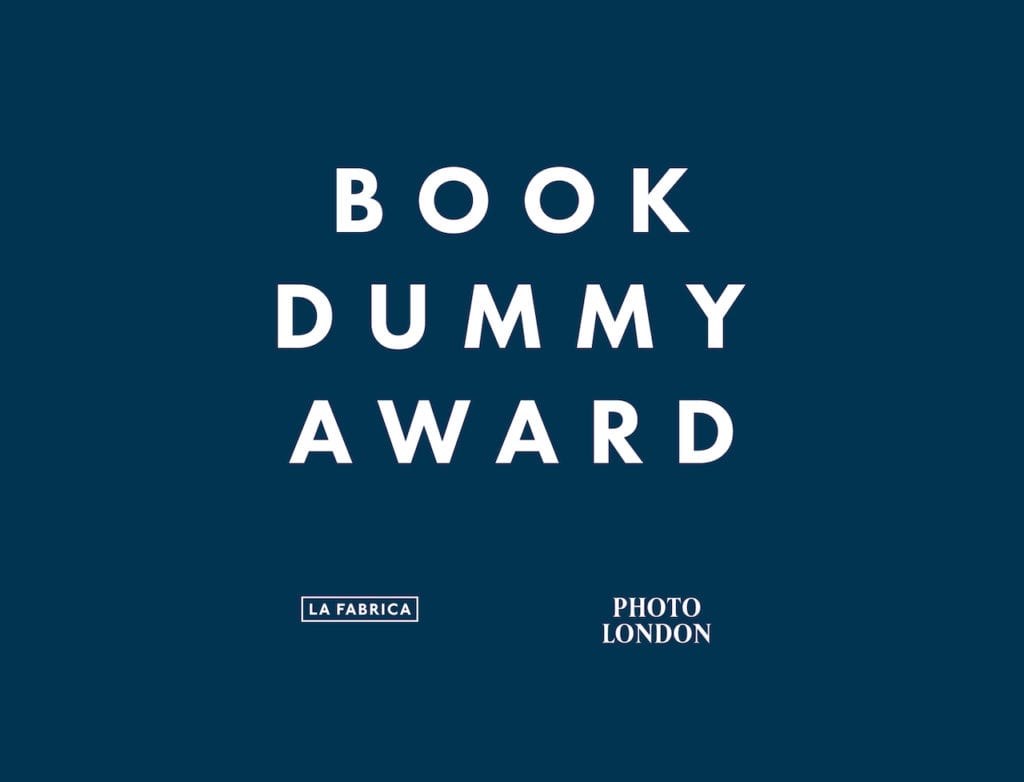With the deadline for the The Book Dummy Award fast-approaching, we spoke to the director of the judging panel, Monica Allende, about what makes for a unique photobook and the continued importance of the medium. Conceived by La Fábrica, the Madrid-based publisher and gallery behind the annual Photo España festival, in partnership with Photo London and supported by BJP, the award was created to discover a book-worthy project that has been conceived as a dummy.
The winning photographer’s dummy will be published by La Fábrica in a print run of at least a thousand copies, with global distribution, and be presented at Photo London and Photo España next spring.
Allende, an independent photo editor and curator, is a leading figure in the photography world, having developed numerous photography events and workshops internationally in recent years, as well as directing this year’s Format International Photography Festival (covering for Louise Clements on maternity leave) and Getxophoto in her native Bilbao, a role she’s continuing for the next two editions.
Previously, she was the photography director of the Sunday Times Magazine, where she launched the award-winning photography section Spectrum. Allende is also a visiting lecturer at the London College of Communication and has served on photographic juries worldwide, including World Press Photo and the National Portrait Gallery’s Taylor Wessing Photographic Portrait Prize.

The photobook offers an opportunity for photographers to take risks and experiment with narrative structures, new textures and materials. The design and structure of a good photobook should enhance the work in it.
A photobook will not be successful if its subject-matter is not well-executed. The project itself needs to capture the viewer’s attention: they should be drawn in by the photography and then appreciate the book’s aesthetic.
What do you look for in a photobook – what makes something stand out for you?
I look for photobooks that translate difficult and complex stories into book form without losing any of the depth of the original narrative. They should also be beautiful to look at.
Before every great photobook comes the lengthy creative process of putting together a dummy. What should be foremost in your thoughts when creating a dummy?
Balance. The process of creating a dummy offers the photographer an opportunity to discover a design that compliments their photography. It is essential that these two elements work together in harmony. Turning a dummy into a photobook then requires a strong collaboration between an editor, designer and the photographer themselves, with a publisher that believes in the work and is prepared to fight for it.

Is it important to get other people’s views and expertise on your dummy, or just be confident in your ideas?
For photographers, the process of translating a body of work into a photobook can be a very emotional experience. This can often make it difficult for them to look at things objectively and make the kind of decisions that would improve the photobook. Ultimately, creating a strong photobook is a collaborative endeavour, which should involve a variety of skill sets.
What is the importance of entering competitions like The Book Dummy Award?
Working on a dummy is a long and often seemingly endless process, so entering competitions gives you a deadline to work to. It also gets your work in front of a jury, bringing it to their attention and potentially being chosen by them as a contender for publication.
How has both the output of, and market around, photobooks evolved while you have been working in the industry?
It has completely transformed. When I first started out, photobooks were being produced solely by big publishing houses, who dominated the market. Now there are a multitude of independent publishers and photographers who are self-publishing their own books, which has worked to level the publishing playing field. Photographers who might have previously been unable to get their photobooks published due to market trends, or the taste of a particular publishing house, can now get their work out there through different avenues.

Photobooks offer a way of engaging with photography that is completely distinct from the experience of looking at work via a digital platform. In this way, I believe that both can continue to co-exist.There is a timeless pleasure in owning and collecting beautifully crafted books, which the digital realm will never eclipse.
Finally, in a previous interview with BJP you said that the era when in-depth investigative visual-journalism was commissioned and supported by newspapers is gone. Do you think that this reality has made the photobook even more significant as a medium through which to explore subjects and issues more deeply?
They are very different platforms, which are aimed at different audiences. With a readership of millions, the press brought stories to a much wider group of people. The photobook operates in a very different market, which is mainly geared towards a very specific audience, and therefore the extent of its impact is much more limited.
However, a photobook does provide an opportunity for a photographer to construct an in-depth visual story, which will often be published in the mainstream press and thus be projected to a wider audience. So, in a roundabout way, the photobook somewhat fulfils the void left by a reduction in visual journalism, but without the financial and logistical support that photojournalists previously enjoyed.

Photographers from anywhere in the world, of any age, and working with any style or subject matter are invited to submit their projects to The Book Dummy Award. The deadline for submissions has now been extended to October 31st. Learn more about this year’s prize and submit now here.
